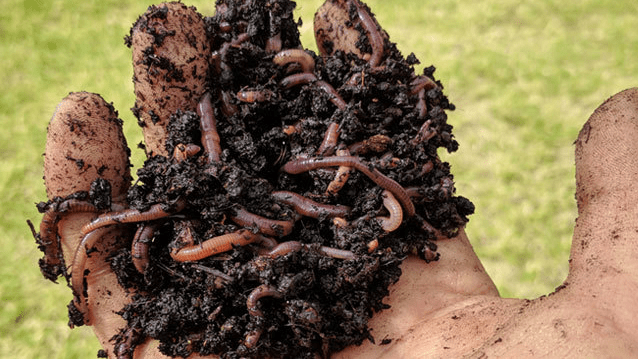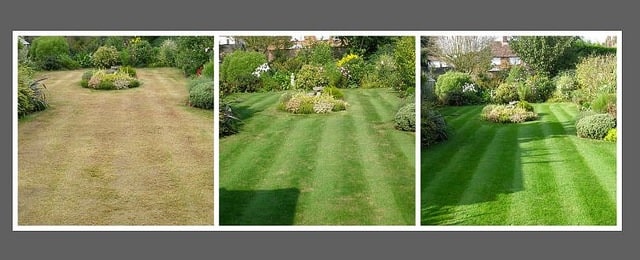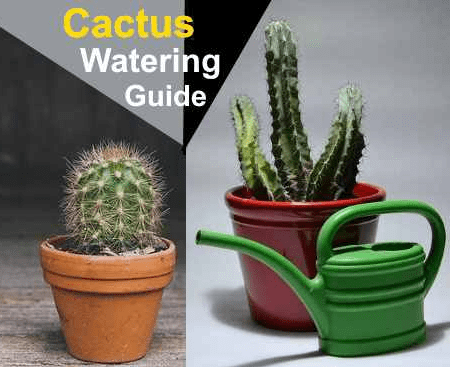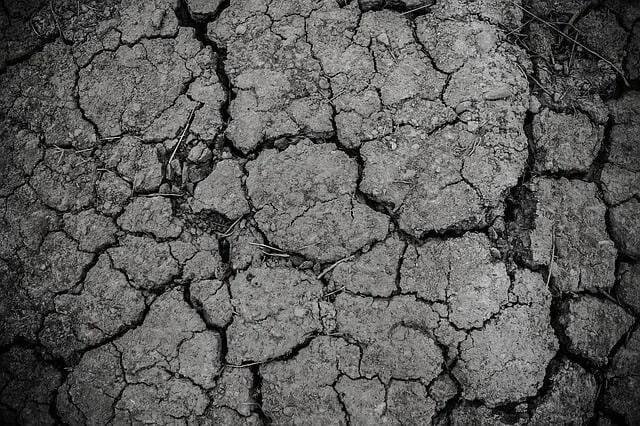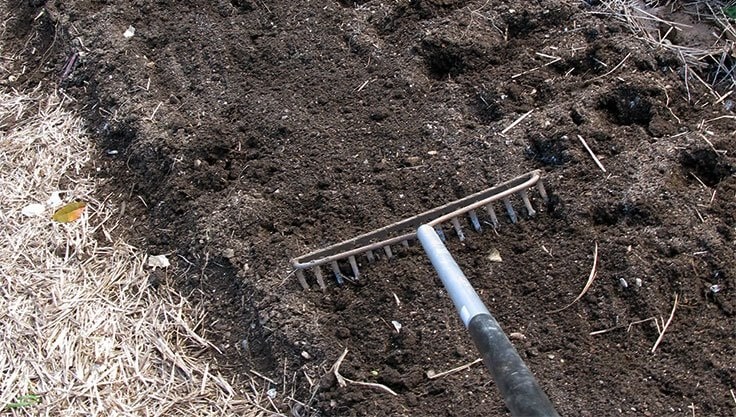Indicator Plants for Dry Soil
Indicator plants are essential clues to understanding your garden’s soil conditions. These seven plants signal that your soil is particularly well-suited for drought-loving plants.
What Are Indicator Plants?
Have you ever wondered what the term “indicator plants” means? Every plant has unique requirements for its environment. While some thrive in full sun, others need shade. Beyond light conditions, plants also have specific demands for soil—not just its type and nutrient content but especially its moisture level.
How can you determine soil dryness without extensive testing? Simply observe the plants growing naturally in your garden. Each soil type has indicator plants that reveal its characteristics. For dry soils, several species not only indicate low moisture but also shed light on nutrient levels and light availability.
Seven Wild Plants to Watch For
If any of these plants grow in your garden, take note! Their presence can guide your garden or bed planning, helping you choose plants with similar needs—unless you plan to amend the soil. Matching plants to their preferred conditions reduces maintenance and avoids disappointment when plants fail to thrive.
Contents
Indicator Plants for Dry, Sunny Soils
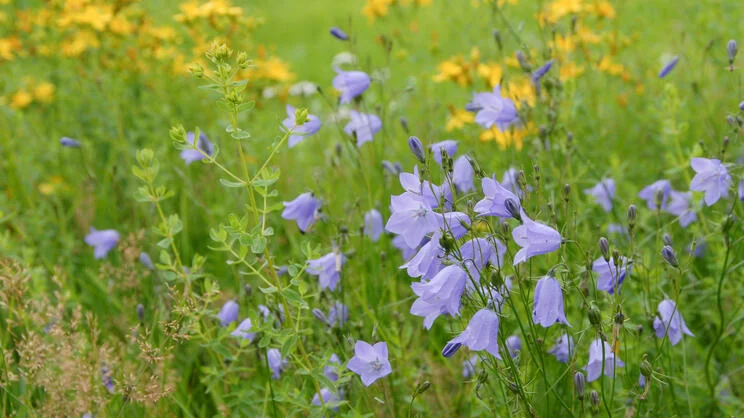
This group thrives in full sun with dry soil. Two well-known examples:
- Harebell (Campanula rotundifolia)
- Nottingham Catchfly (Silene nutans)
Both indicate low moisture and low nitrogen levels.
Planting ideas: Create a steppe garden, rockery, or gravel garden. Suitable plants include: - Blue Catmint (Nepeta x faassenii)
- Spurge (Euphorbia)
- Russian Sage (Perovskia)
Plants for Dry, Nutrient-Poor Soils

Some indicators reveal nutrient content:
- Lady’s Bedstraw (Galium verum)
- Biting Stonecrop (Sedum acre)
These signal low-nutrient (lean) soil. Avoid heavy feeders here. Instead, opt for: - Mullein (Verbascum)
- Other Sedum species
- Woolly Yarrow (Achillea tomentosa)
Indicator Plants for Dry, Alkaline Soils

Certain species hint at pH levels:
- Hoary Plantain (Plantago media)
- Salad Burnet (Sanguisorba minor)
These thrive in alkaline soils (pH > 7). Such sites are challenging, as most plants prefer neutral to acidic soil. Consider: - Lavender (Lavandula)
- Sage (Salvia)
If these indicators are present, you may need soil amendments for diverse planting.





